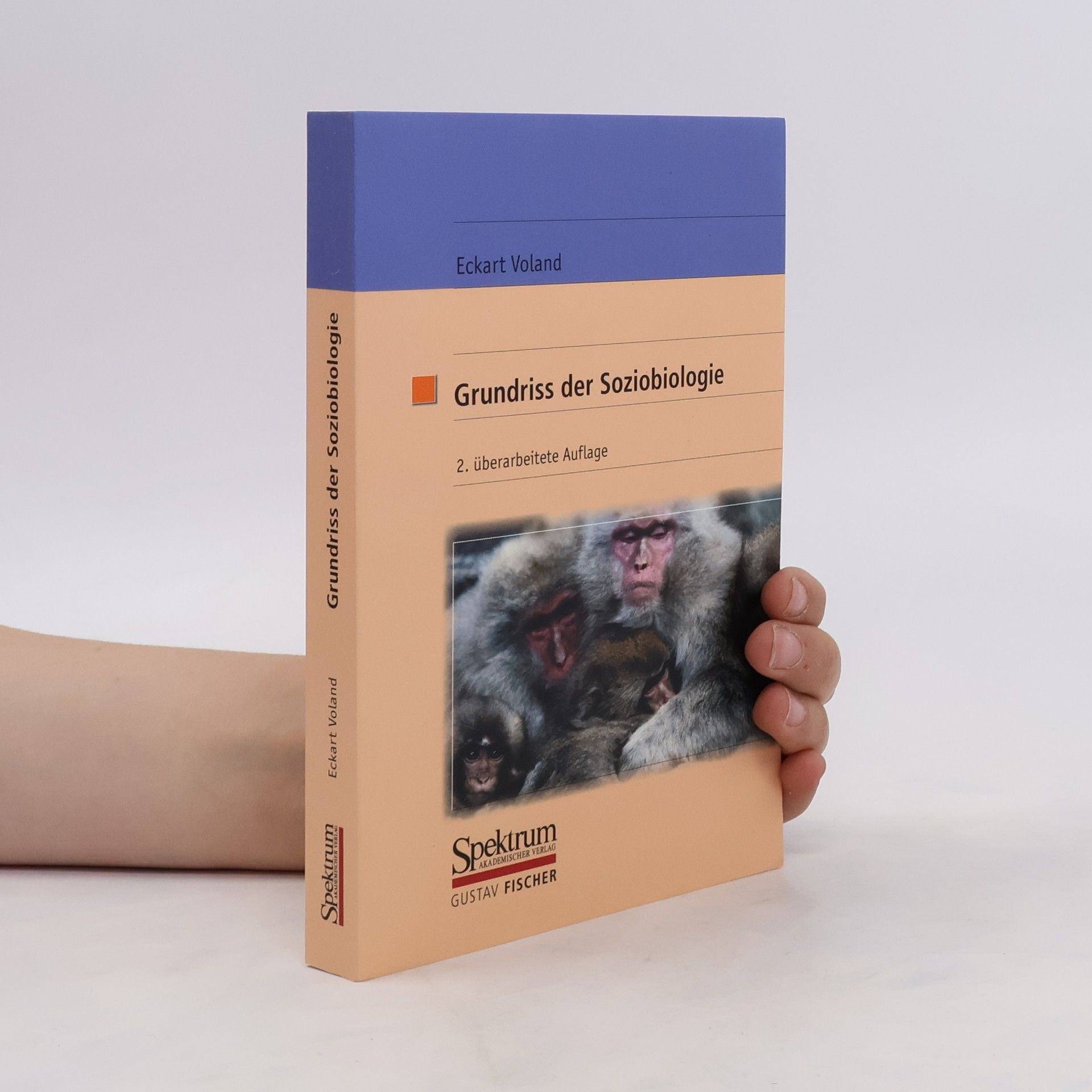Soziobiologie
Die Evolution von Kooperation und Konkurrenz
Soziobiologie ist den evolutionsbiologischen Ursprüngen und Gründen tierlichen und menschlichen Sozialverhaltens auf der Spur. In diesem Buch werden Strategien sozialer Konkurrenz, also Gewalt, Kampf und Dominanz behandelt, aber auch Kooperation, Altruismus und Solidarität. Die Interessen der beiden Geschlechtern sind Treibstoff der sexuellen Selektion. Kooperation ist also immer auch brüchiger Kompromiss im Kampf der Geschlechter zu verstehen. Außerdem geht es um die neuesten Erkenntnisse zur Evolution der Eltern/Kind-Verhältnisses und um ein Brutpflegeverhalten, das Kindesvernachlässigung und zugleich auch tief empfundene elterliche Zuneigung und Fürsorge möglich macht. Beschrieben wird, wie eine evolutionäre Perspektive auf das menschliche Verhalten zum modernen Menschenbild beiträgt. Das Buch richtet sich an Studierende und Lehrende der Biologie, Anthropologie, Psychologie und Sozialwissenschaften und an alle an der evolutionären Geschichte des menschlichen Sozialverhaltens Interessierte.



